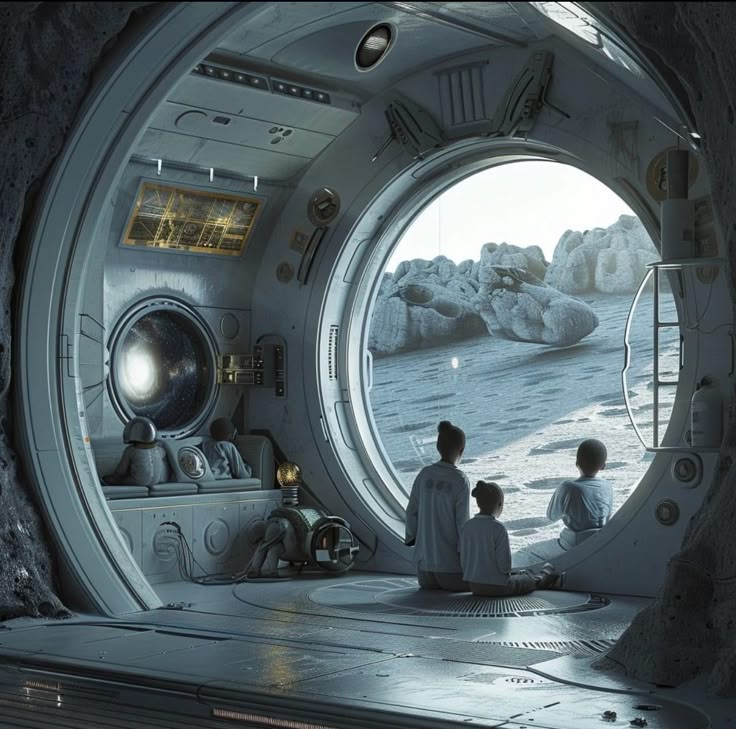The Second Machine Age: How Digital Technology Is Transforming Our World

- Reporter 12
- 13 Jan, 2025
The Second Machine Age, written by Erik Brynjolfsson and Andrew McAfee, is a landmark book that analyzes how recent technological advancements are reshaping economies, societies, and the future of work. The authors argue that humanity is undergoing a transformation similar in scale to the Industrial Revolution, but this time powered by digital innovations rather than mechanical inventions. The first machine age, fueled by steam engines and mechanization, dramatically improved human productivity. In contrast, the second machine age is driven by computing power, artificial intelligence, and networked technologies, leading to an unprecedented acceleration in innovation. Technologies such as self-driving cars, intelligent robots, and machine learning systems are not just enhancing human capabilities — they are beginning to replace tasks once thought to require uniquely human skills. Brynjolfsson and McAfee highlight the key characteristics of this new era: Exponential Growth: Technological progress is accelerating at a nonlinear pace. Innovations build on each other, making change faster and more profound. Dematerialization: Physical goods are increasingly being replaced by digital products and services, reducing costs and increasing access worldwide. Network Effects: Digital platforms gain value as more people use them, leading to monopolies and vast disparities between technology winners and losers. While the opportunities created by these technologies are immense, the authors also warn about serious risks. One major concern is the growing economic inequality. As automation replaces routine jobs, those with advanced skills and capital benefit disproportionately, while others are left behind. Another issue is the need for educational systems and public policies to adapt more rapidly to prepare people for new types of work. To navigate this transformation, Brynjolfsson and McAfee recommend strategies such as: Reforming Education: Teaching creative and technical skills that cannot easily be automated. Encouraging Innovation: Supporting entrepreneurship and reducing barriers to starting new businesses. Modernizing Institutions: Updating regulations and public policies to reflect the realities of the digital economy. In conclusion, The Second Machine Age presents a hopeful but cautious vision of the future. It acknowledges that while technological progress can lead to prosperity and improvements in human life, deliberate actions are necessary to ensure that its benefits are widely shared. By adapting wisely, society can harness the power of the second machine age for the good of all.
Leave a Reply
Your email address will not be published. Required fields are marked *




